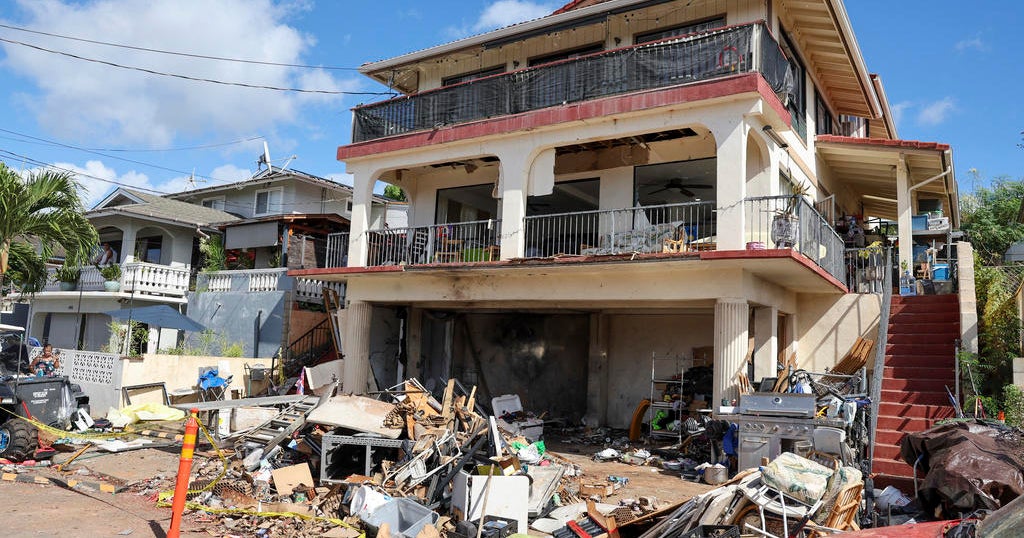Tainted romaine lettuce likely out of circulation, CDC says
Romaine lettuce tied to a nationwide E. coli outbreak is "probably no longer being sold," according to the Centers for Disease Control and Prevention (CDC). The tainted veggie led to 172 infections across 32 states, per CDC data. There was one death reported in California.
Romaine lettuce has a shelf life of 21 days and it's "unlikely that any romaine lettuce from the [Yuma, Arizona] growing region is still available in people's homes, stores or restaurants," the U.S. Food and Drug Administration said on the CDC website.
The last time romaine was harvested in Yuma, Arizona -- the source of the outbreak -- was April 16. Most of the romaine currently available is from California.
CDC map showing cases of illness
As of Thursday, California has seen the largest number of illnesses, totaling 39, followed by Pennsylvania with 21 and Minnesota with 12, according to the CDC.
The CDC said 72 people have been hospitalized so far, including 20 people who have developed a type of kidney failure called hemolytic uremic syndrome (HUS).
Most people develop symptoms like diarrhea, severe stomach cramps and vomiting, and recover within a week.
The CDC noted that it takes two to three weeks between when a person becomes ill with E. coli and when the illness is reported to health officials. The most recent illnesses reported to CDC began when romaine from the Yuma region was still available.





